
Introduction to Architecture
121 Studio I
2020
This is an introductory studio for students who are beginners to architecture. The studio examined four basic lessons in architecture by tackling four self-contained but incremental assignments on structures, environments, program, and materiality. Despite the seemingly simple nature of these four assignments, students used these them as launching points to dive slightly deeper into both the disciplinary history and the contemporary patterns of these four aspects of architecture.
01: Tension and Compression
Structurally, buildings stand up or collapse because they follow the basic laws of physics. In the most logical world, the entire urban landscape would be comprised of only structurally responsible boxes. However, time and again architects find ways to design extremely challenging compositions, as well as structurally counter-intuitive forms that defy the expectations of gravity. Architects are able to accomplish this not because they are structural engineers, but because they develop a strong intuition on how structural sleights of hands can be executed. In this segment of the studio, students worked on some basic understandings of how tension and compression works considering systems including post and lintel, arches, vaults, buttresses and flying buttresses, and kickstands.
02. Environments and Systems
Humans have consistently used architecture to create opposite environments that contrast mother nature. When it is hot outside, humans make it cool inside. When it is wet outside, humans create dry interiors. Humidity, temperature, currents, pressures, and other environmental factors are all nullified by humans because they always find ways to construct opposite environments. In this segment, students explored the basic logic of how building envelopes work considering environmental systems including passive heating and cooling, vapor barriers and insulations, ventilation systems, and air conditioning.
03. Program and Organization
Did the caveman set out looking for a two-bedroom cave? Program, a dominating form of behavioral guidance, has instructed ways that humans specify where and how they eat, sleep, work, or socialize. Humans have conditioned themselves to never sleep in a kitchen, or consider the act of eating in a bedroom to be an act of mischief. For all of the times architects designate program, zones of social contracts are formed, and implicit ideas of proper or improper behaviors are conceived. In this segment of the studio, students worked on the assignment of programs and organization, exploring organizational systems including raumplan, free plan, matrix plan, enfilades, single and double loaded corridors, and affordances.
04. Color and Materiality
Like a backdrop, the nuances of human interactions are enhanced by the textures, colors, or materials before and behind them. The exposed material, despite looking “natural”, have messages to convey. Similarly, colors convey ideologies beyond beyond just the visual qualities. Color, for lack of better words, is politics. In the United States, all one has to say is “red, white, and blue” to form a source of identity. Similarly, materials without color, such as exposed concrete, convey different messages. We will look at the values in how designers choose color and materiality. In this segment, students experimented with colors and materiality including exposed concrete, powder-coated metal, printed glass, reclaimed lumber, RBG and CMYK, and color theory studies.
Related Faculty |
Jimenez Lai |
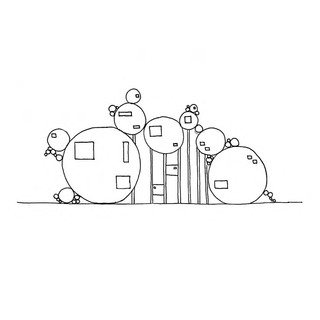
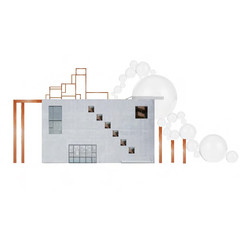
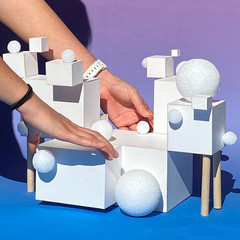


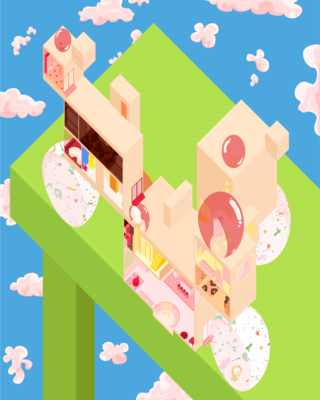
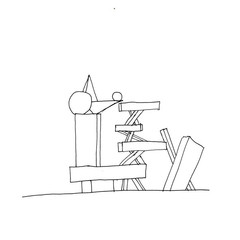


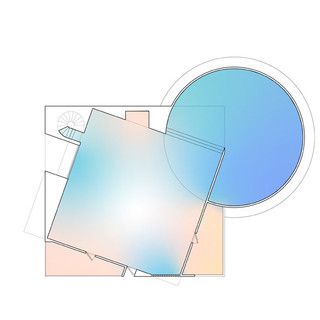

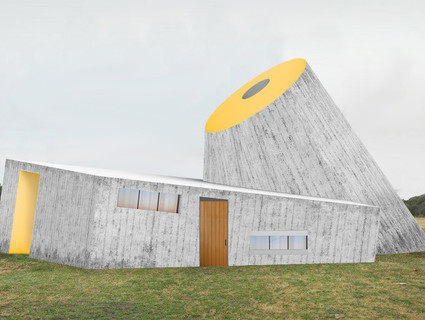

- Lisa Sumiko Steward
- Lisa Sumiko Steward
- Lisa Sumiko Steward
- Lisa Sumiko Steward
- Lisa Sumiko Steward
- Lisa Sumiko Steward
- Michael Stroud Bonilla
- Michael Stroud Bonilla
- Michael Stroud Bonilla
- Michael Stroud Bonilla
- Michael Stroud Bonilla
- Michael Stroud Bonilla
- Michael Stroud Bonilla